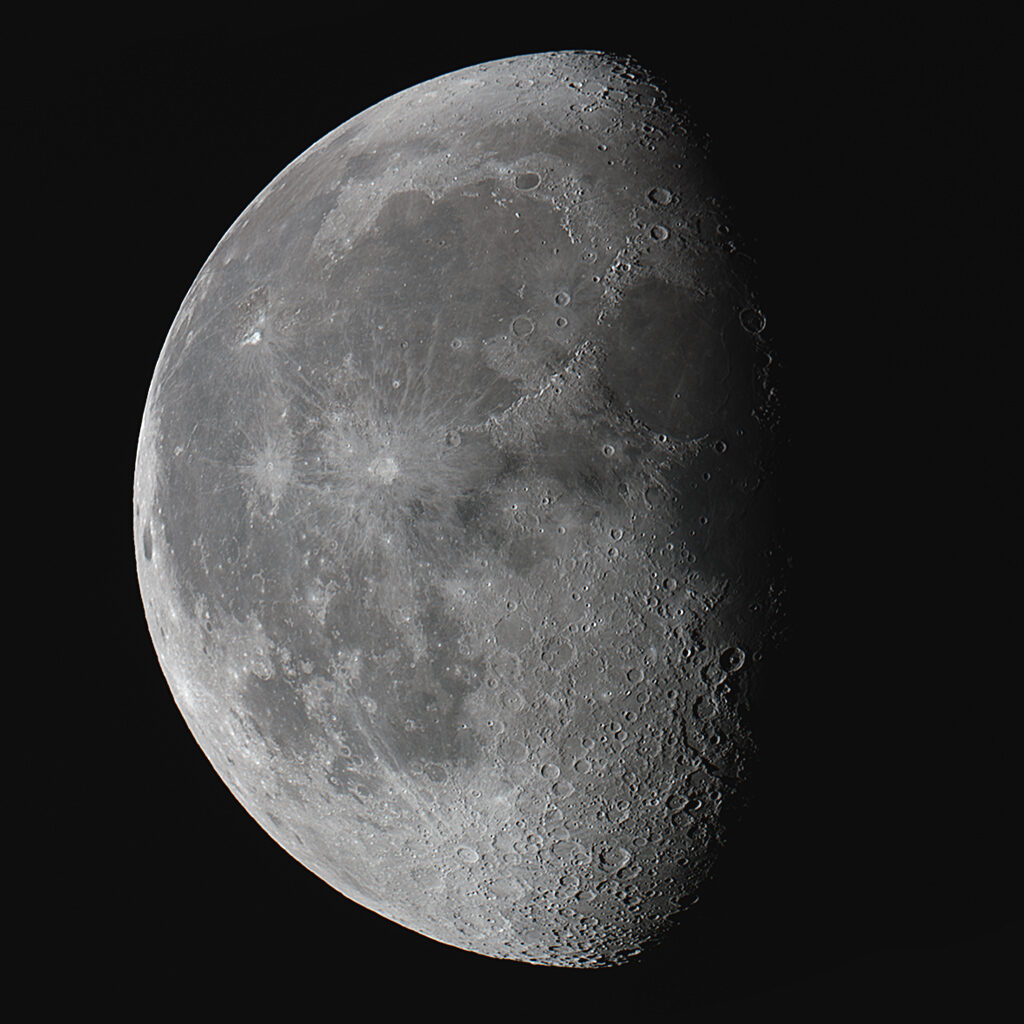
Telescope: Celestron C9.25 @ f/10, Orion Atlas EQ-G
Camera: QHY 168c, -20C
Filter: Orion Imaging Skyglow Filter
Exposure: 2x(128×0.001sec), saved as FITS
Seeing: poor, 2/5
White Balance: Nebulosity Automatic
Software: Sharpcap Pro, Nebulosity, Registax, ICE, Photoshop
This is a 2-panel mosaic of the waning gibbous moon taken at the end of a long night of imaging shortly before dawn. (Photo credit; John Graham, 5/31/2021)
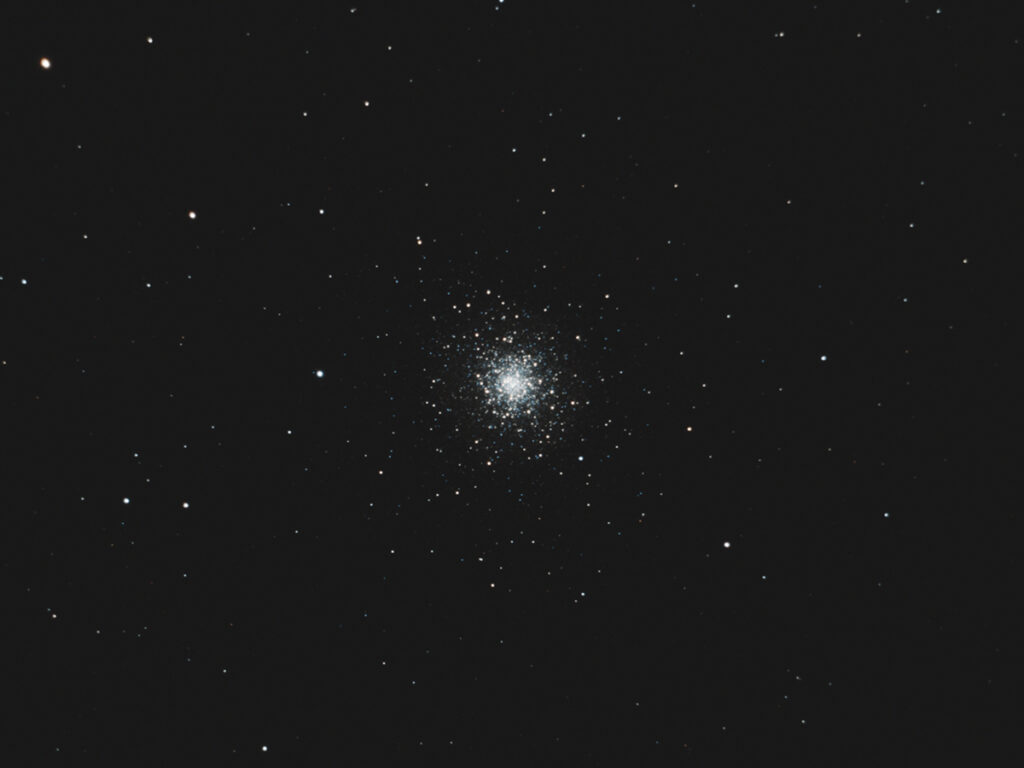
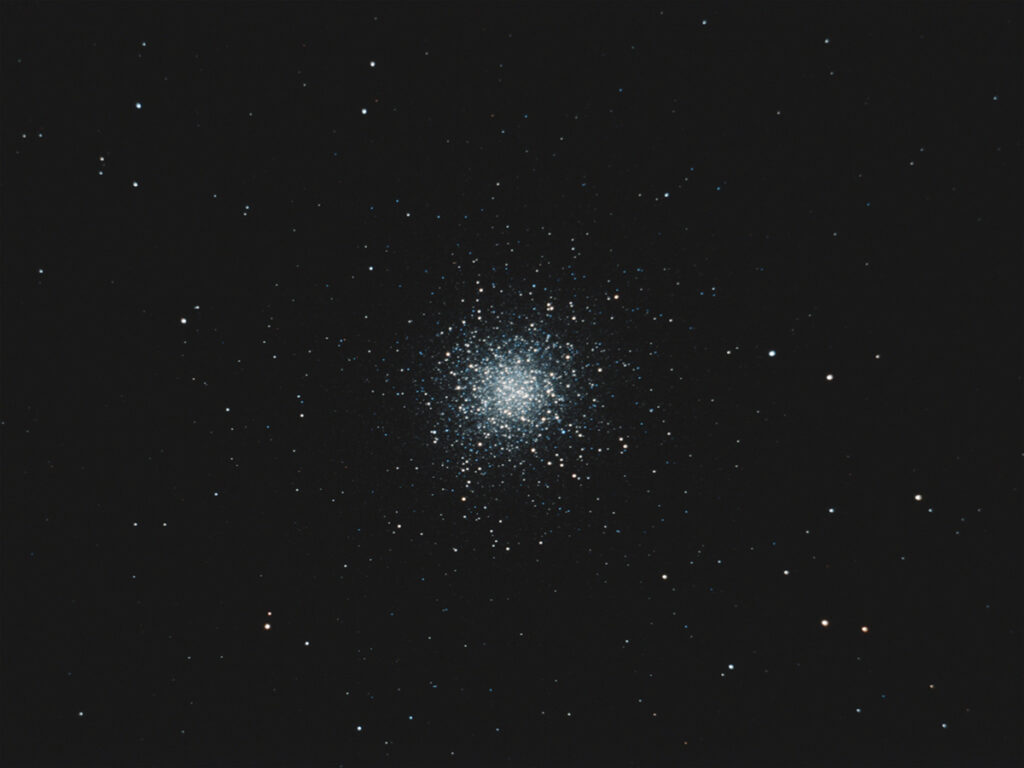

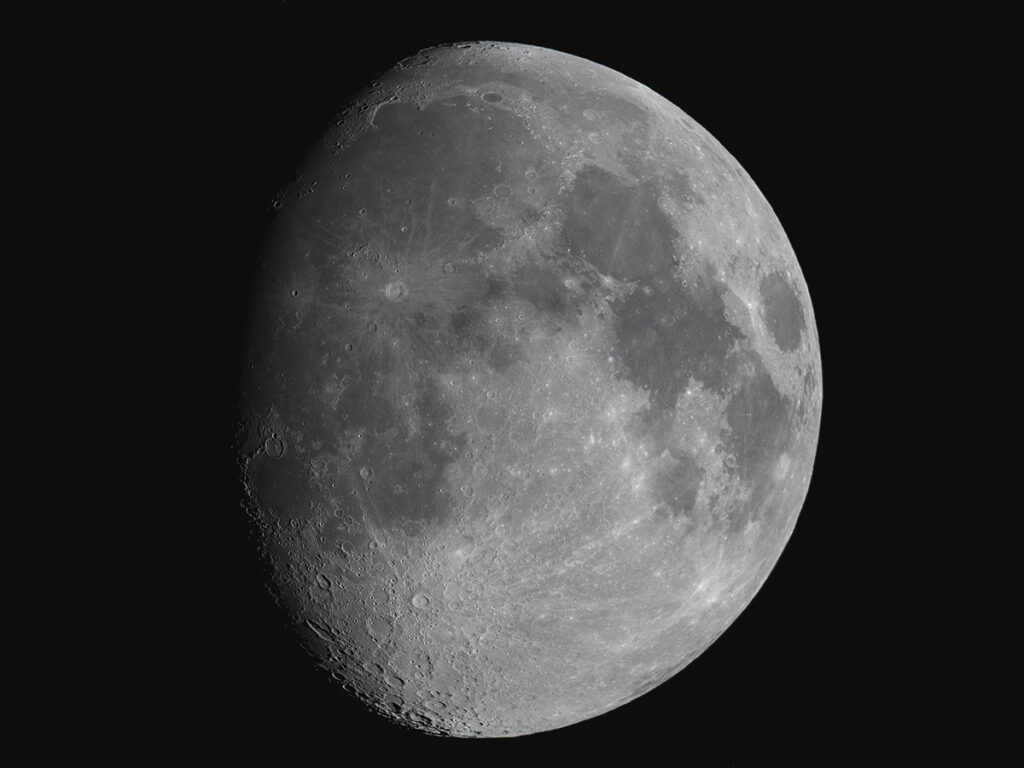


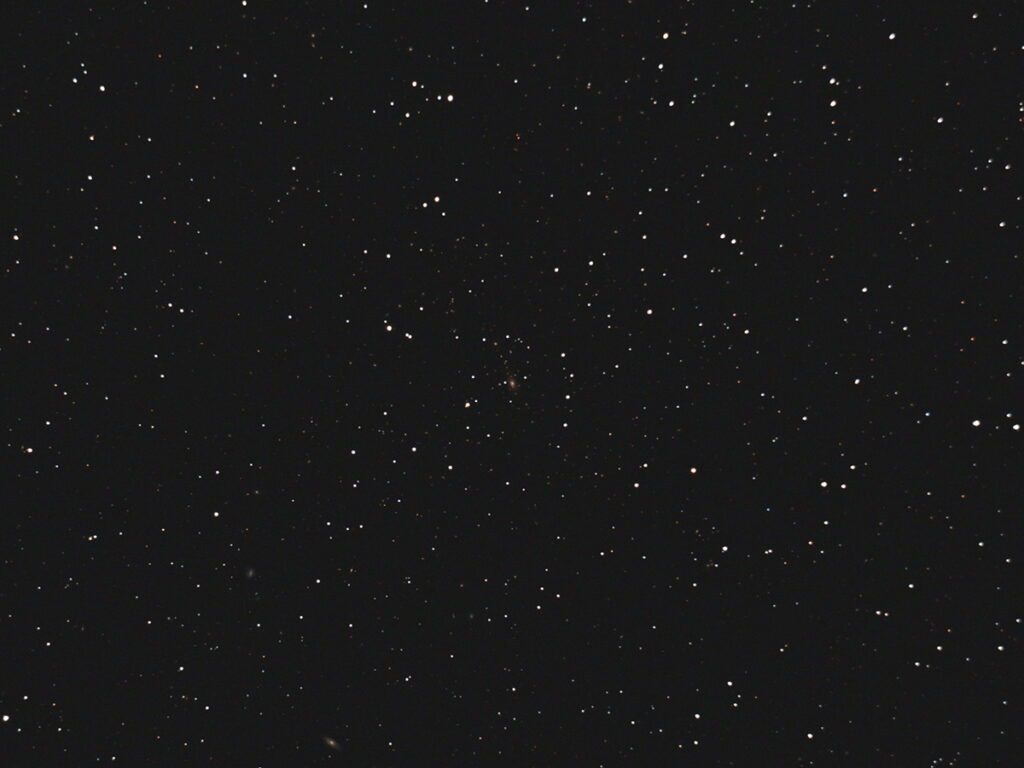
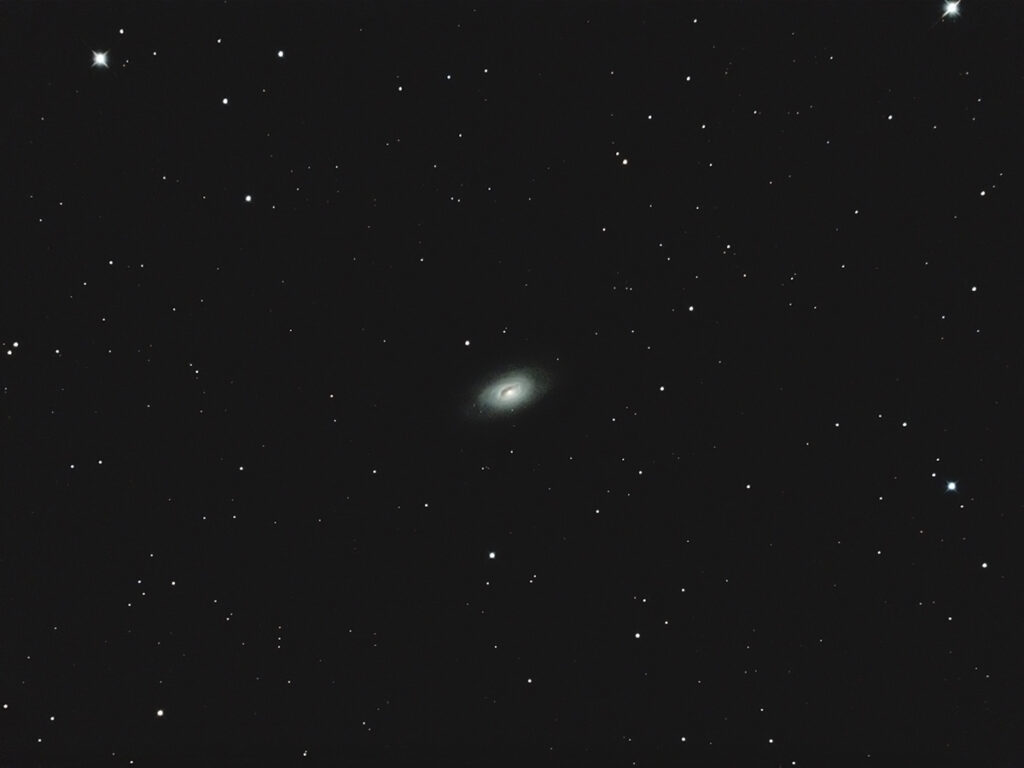
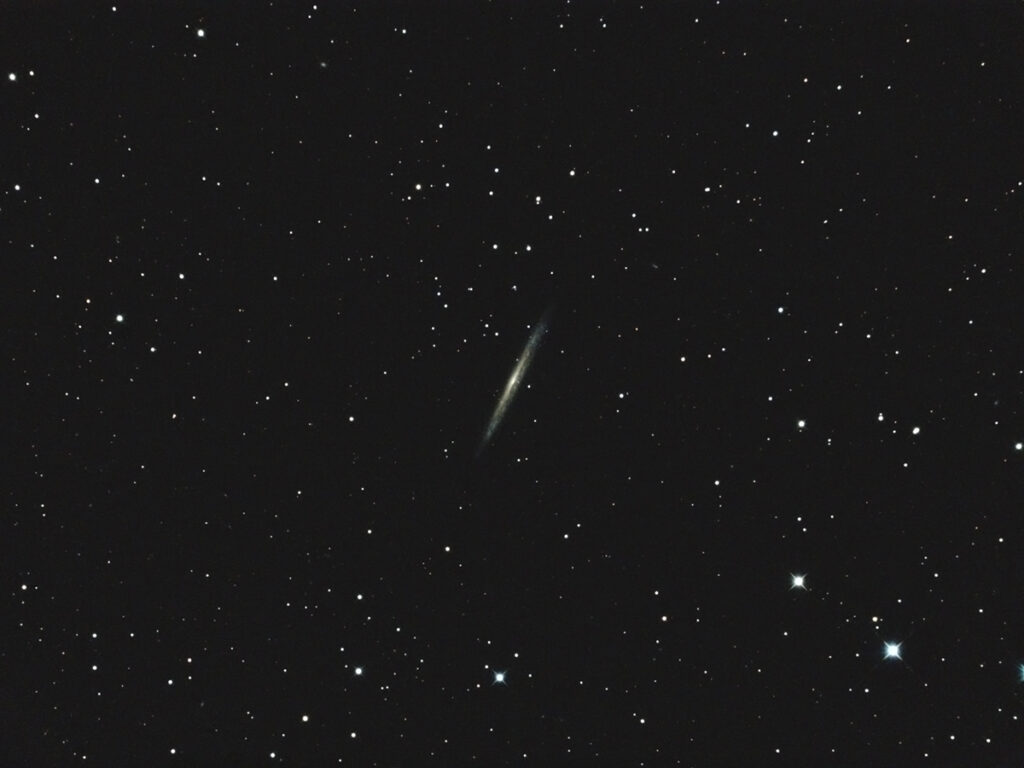
Recent Comments